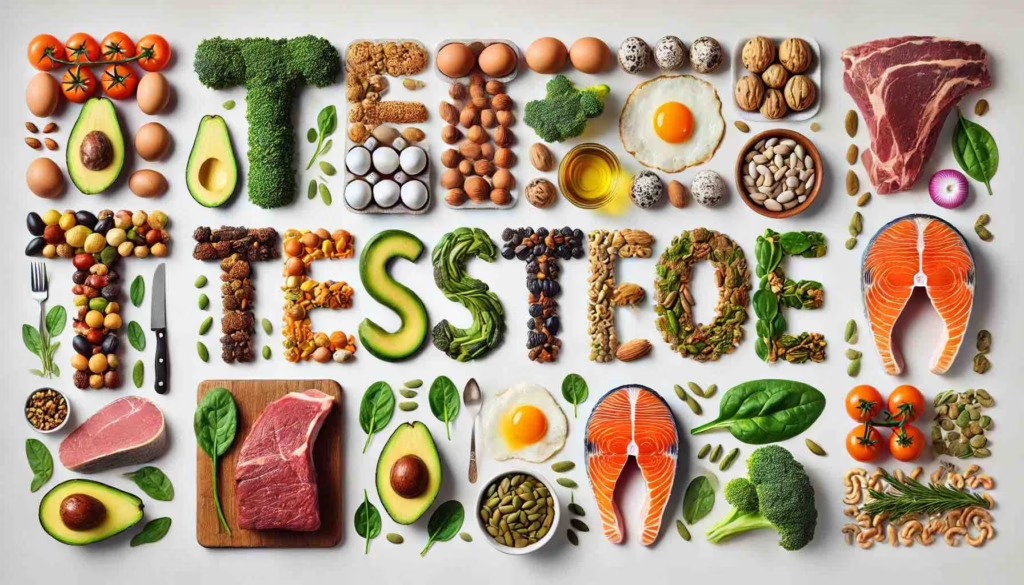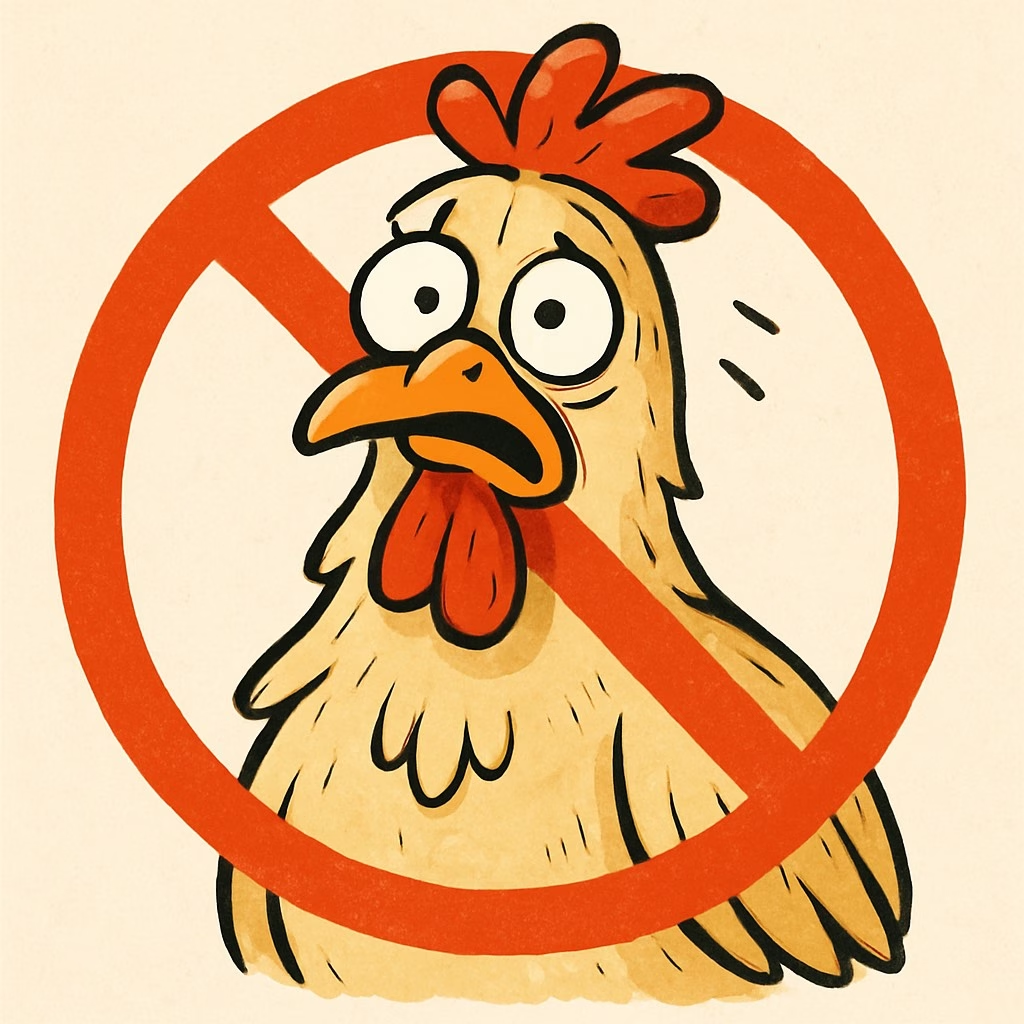A recent systematic review and meta-analysis published in The Journal of Steroid Biochemistry and Molecular Biology looked at six controlled studies with over 200 men. The takeaway? When guys switched from a higher-fat diet (about 40% of daily calories from fat) to a low-fat one (around 20%), their testosterone levels dropped by an average of 10–15%.
Even more striking: men following vegetarian low-fat diets saw testosterone levels plummet by up to 26%.
That’s no small dip—especially considering testosterone’s major roles in muscle growth, strength, libido, mood, and energy. If you’re cutting fat for the sake of heart health or weight loss, you might be compromising your hormonal health in the process.

Testosterone and Fat Intake: What’s the Link?
The drop in testosterone isn’t due to your body flushing out more of the hormone—it’s about reduced production at the testicular level. The research also showed that men of European descent were more significantly impacted, although the reasons aren’t fully understood.
But it’s not just about how much fat you eat—it’s about the type of fat.
- Monounsaturated fats—found in foods like olive oil, avocados, and nuts—are shown to support testosterone production.
- Omega-6 polyunsaturated fats, often found in heavily processed vegetable oils like soybean and corn oil, may do the opposite.
Why? High omega-6 intake can trigger oxidative stress, which disrupts the function of Leydig cells, the cells responsible for producing testosterone.
The Smart Way to Eat Fats for Hormonal Health
Low-fat diets can be useful for lowering LDL cholesterol, which benefits heart health. But slashing fat intake too low can backfire—especially for testosterone levels.
Instead of fearing fat, opt for balance:
- Aim for 30–40% of your daily calories from fat, especially if you’re physically active or looking to optimize hormone levels.
- Focus on whole-food fat sources: fatty fish, pasture-raised eggs, olive oil, avocados, nuts, and seeds.
- Avoid overly processed oils high in omega-6 fats.
Pro tip: Pair healthy fats with key micronutrients like zinc and vitamin D, which also play a role in testosterone production.
Best Fats for Boosting Testosterone
| Fat Source | Type of Fat | Why It’s Good for T |
|---|---|---|
| Extra-virgin olive oil | Monounsaturated | Anti-inflammatory, supports hormone balance |
| Avocados | Monounsaturated | Rich in vitamin E and potassium |
| Macadamia nuts | Monounsaturated | Low omega-6, T-friendly profile |
| Whole eggs | Saturated + Mono | Cholesterol = testosterone precursor |
| Grass-fed beef | Saturated + Omega-3 | Nutrient-dense, supports anabolic hormones |
| Wild salmon | Omega-3 | Reduces inflammation, supports brain & hormone health |
How to Test Testosterone
A simple blood test can reveal your testosterone levels—and help pinpoint whether you’re in the optimal range.
What’s Considered “Normal”?
- Men: 280 to 1,100 ng/dL
- Women: 15 to 70 ng/dL
(Source: University of Rochester Medical Center)
These ranges can vary slightly between labs, so it’s key to review your results with your doctor. If your total testosterone falls below 300 ng/dL, your doctor may order additional tests to look for causes—like pituitary gland issues, which can disrupt testosterone production.
Final Takeaway: Fat Isn’t the Enemy—Imbalance Is
If you’re feeling tired, underperforming in the gym, or noticing a dip in sex drive, it may not just be stress, aging, or lack of sleep. It could be a diet too low in fat—specifically the wrong kinds of fat.
Testosterone is essential to how men look, feel, and perform. Supporting it starts at the dinner table. A low-fat diet and testosterone
Bottom line: cutting fat too low could be cutting down your performance. A balanced, fat-inclusive diet isn’t just healthy—it’s vital for keeping your hormones firing on all cylinders. A low-fat diet and low testosterone are linked, remember that.
Sources:
The Journal of Steroid Biochemistry and Molecular Biology, PubMe, News-Medical.net, Pavilion Health Today, arXiv




